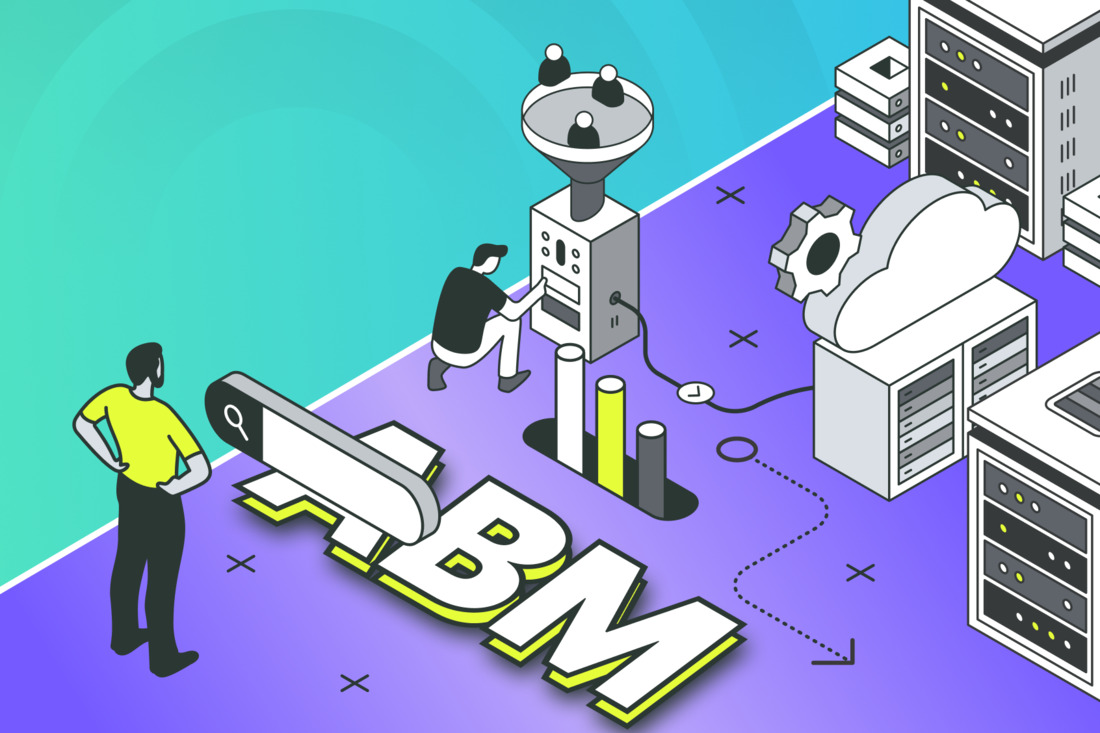Traditional marketing methods often fall short when applied to the digital infrastructure industry. This industry is niche and requires a focused approach, due to its high ticket size and complex decision-making processes. These methods, which typically aim to reach a broad audience, fail to engage the specific, high-value accounts in this sector.
Therefore, a more targeted strategy like Account-Based Marketing (ABM) is more effective, as it personalises marketing efforts for individual accounts, vastly improving connection and engagement.
Challenges of Traditional Marketing for Digital Infrastructure Companies
1. Complex Decision-Making Process
Digital infrastructure investments typically involve multiple stakeholders, exclusively, C-suite executives. Traditional marketing methods often fail to address the complexities of these decision-making processes, leading to misalignment and missed opportunities.
2. High Ticket Size and Niche Market
The high-value nature of digital infrastructure deals means that the sales process must be highly targeted and strategic. Traditional marketing campaigns, which cast a wide net, often struggle to reach the niche market segments that are most likely to invest in such solutions.
3. Senior Management Engagement
Engaging senior management and other high-level decision-makers requires a deep understanding of their unique challenges and priorities. Traditional marketing approaches, which rely on generic messaging, are often insufficient for capturing the attention and interest of these individuals.
4. Proving ROI
Given the substantial investment required for digital infrastructure projects, potential clients need clear evidence of ROI. Traditional marketing techniques, which may lack detailed, account-specific case studies and testimonials, often fall short of providing the necessary proof points to convince senior management.
Why ABM Works for Digital Infrastructure Companies
Precision Targeting
Digital infrastructure solutions are typically high-value and complex, requiring a marketing strategy that can precisely target decision-makers within specific organisations. ABM enables companies to focus their efforts on key accounts that have the highest potential for revenue and long-term value.
Enhanced ROI
By concentrating resources on a smaller number of high-value accounts, digital infrastructure companies can achieve a higher return on investment (ROI). This focused approach ensures that marketing and sales efforts are aligned and directed towards accounts that are most likely to convert.
Personalisation
ABM allows for highly personalised communication, which is crucial in the digital infrastructure sector. Each targeted account receives tailored messages and solutions that address their specific pain points and requirements, increasing the likelihood of engagement and conversion.
Alignment of Sales and Marketing
ABM fosters collaboration between sales and marketing teams, ensuring that both departments work together towards common goals. This alignment is critical for creating cohesive strategies that effectively address the needs of high-value accounts.
Building Long-Term Relationships
Digital infrastructure projects often involve long sales cycles and require building strong relationships with key stakeholders. ABM focuses on nurturing these relationships, providing consistent value, and positioning the company as a trusted partner.
How ABM Works for Digital Infrastructure Companies
Choosing Target Accounts
The first step is to pick high-value target accounts. Use customer data, market research, and predictive analytics to find organisations that will benefit most from digital infrastructure solutions. Consider things like company size, industry, growth potential, and existing technology.
Understanding the Accounts
Once you've chosen the target accounts, learn as much as you can about them. Understand their business challenges, goals, decision-making processes, and key stakeholders. CRM systems, social listening platforms, and competitive analysis can be helpful.
Making Custom Content and Campaigns
Use the information you've gathered to create personalised content and campaigns for each account. This might include personalised emails, custom landing pages, targeted ads, and unique content like whitepapers and case studies that address the account’s specific challenges.
Reaching Key People
Focus on the important decision-makers within the target accounts. Use personalised methods like direct mail, one-on-one meetings, and specific events or webinars. The aim is to build strong relationships and show you understand their business needs.
Working Together
Sales and marketing teams should work together. They should develop account plans, share insights, and coordinate their efforts. Regular communication and strategy sessions can make sure everyone is working towards the same goals.
Measuring and Improving
Keep measuring and optimising. Track metrics like engagement rates, pipeline speed, and conversion rates. This data can help you understand what's working and what needs to be improved, allowing for ongoing optimisation of your strategies.
Account-Based Marketing (ABM) is a result-oriented method for digital infrastructure businesses. It might be tricky to navigate tactics like retargeting and pay-per-click (PPC), but understanding the basics can help you start a conversation.
Need help with ABM? We're Radial Path, a full-service marketing agency, specialising in digital infrastructure marketing.






